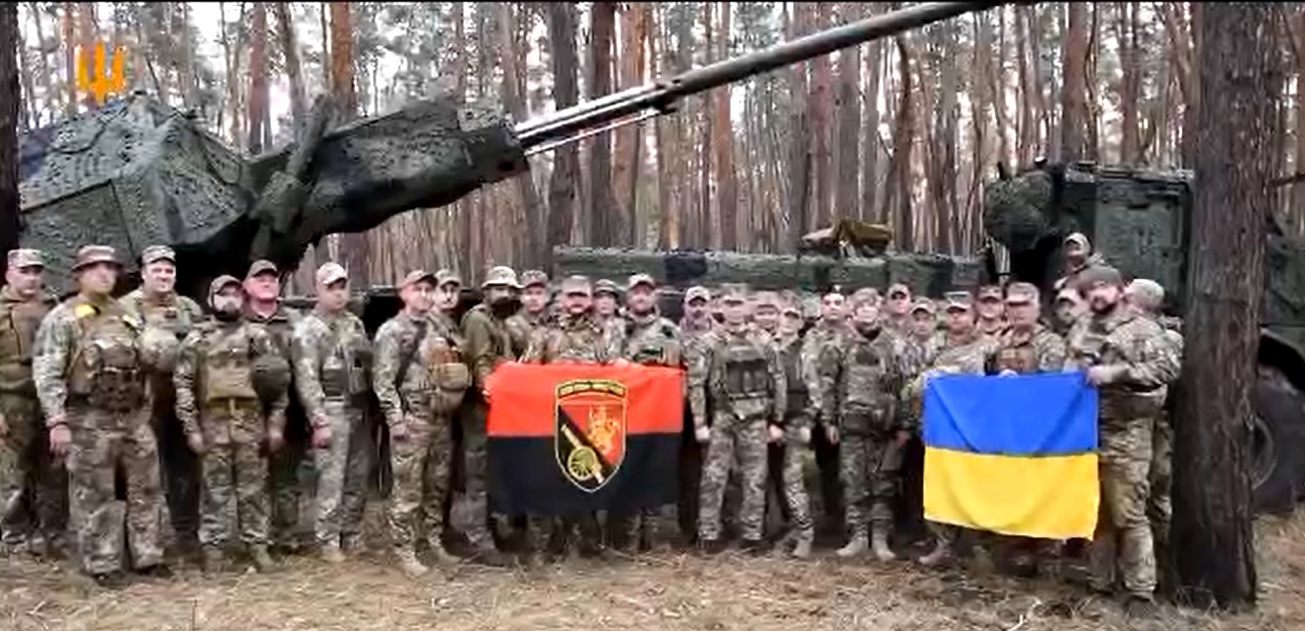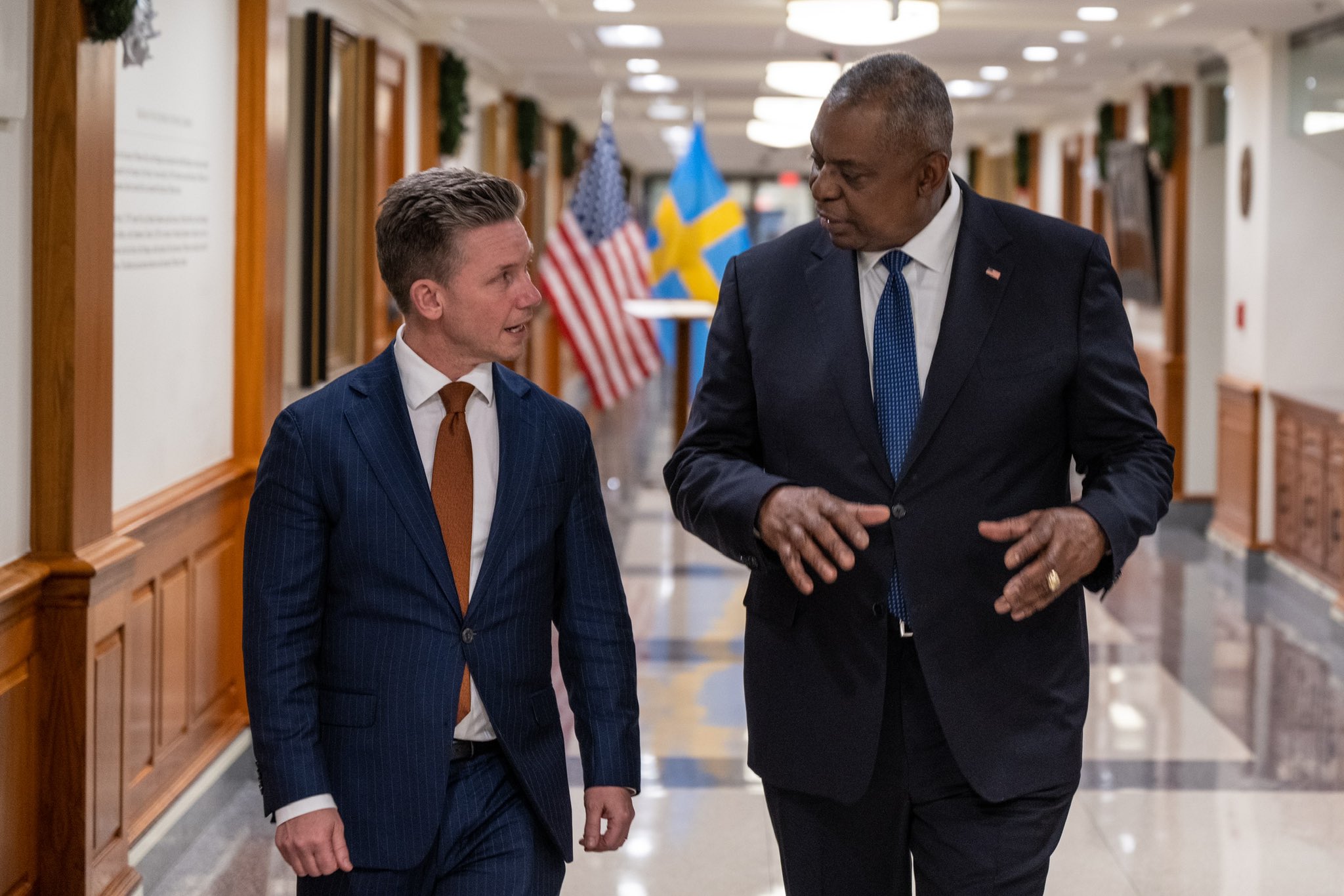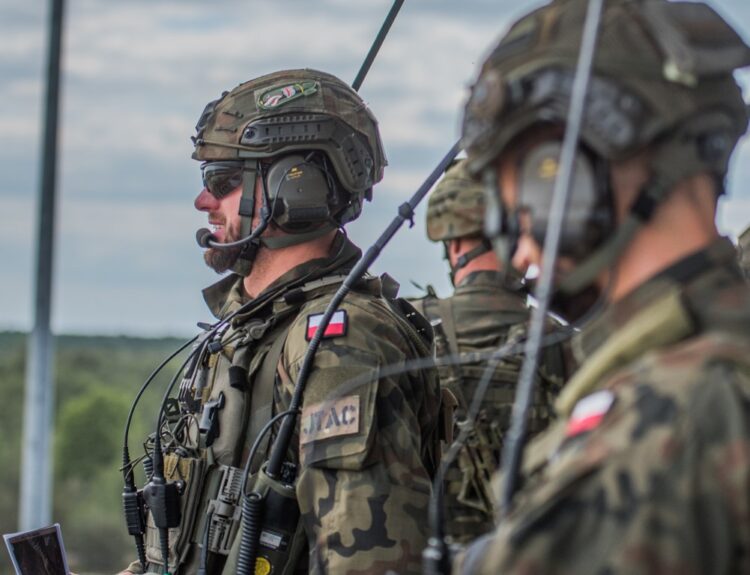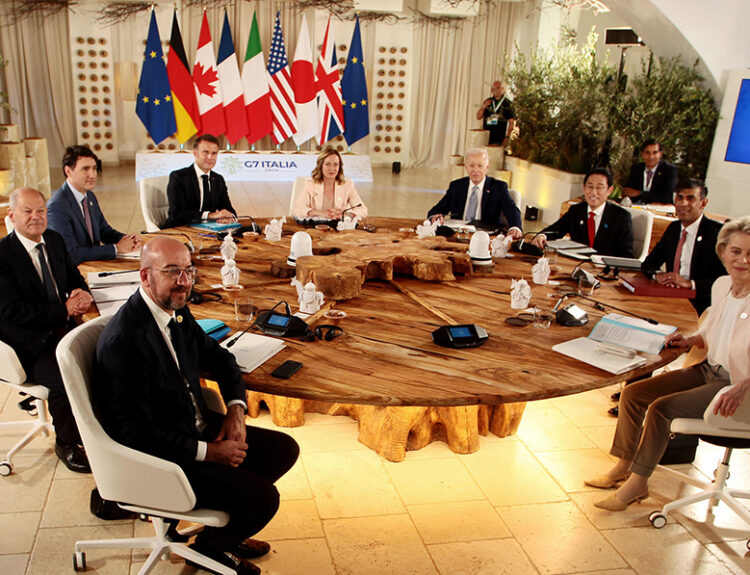Sweden is accelerating its move towards NATO. On December 5, the Scandinavian country signed a bilateral Defence Cooperation Agreement with the United States. Washington welcomed the signing, stating that Stockholm would enhance the capabilities of the Euro-Atlantic alliance. This is a clear indication that Sweden expects NATO membership and will do everything possible to remove obstacles. The extensive Russian invasion of Ukraine has changed the significance of NATO in the modern world. Experts argued that Russia’s annexation of Crimea in 2014 restored the purpose of the North Atlantic Alliance. The large-scale invasion of Russia into Ukraine in February 2022 forced even traditionally neutral countries to react. Finland, Turkey, and Hungary, shaky members of the Alliance, could not slow down on this path. However, they managed to create temporary obstacles with Sweden.
The United States and Sweden signed a Defence Cooperation Agreement on December 5, as the Scandinavian country strengthens military alliances, anticipating approval to join NATO.
“Sweden is a strong, capable defence partner upholding NATO values, and will further strengthen the Alliance upon its NATO accession,” said a statement from the US State Department. “Sweden’s membership will enhance our collective defence and bolster our ability to respond to security challenges in the Euro-Atlantic region.”
Practically Compelled to Move
Sweden and Finland traditionally did not join NATO but always nurtured their armed forces. Finland, for example, boasts a powerful military-naval fleet, and Sweden has its very capable military-industrial complex. For instance, Sweden is part of an exclusive group of countries capable of independently building combat aircraft. This is genuinely impressive.
However, the full-scale Russian invasion of Ukraine put an end to this respectable but somewhat ambiguous position. Stockholm and Helsinki are moving towards NATO because the threat has become even more evident than during the times of the Soviet Union. The Kremlin currently demonstrates its complete aggressive unwillingness to adhere to agreements.
A few days before the US and Sweden concluded a crucial agreement, the Finnish Security Police released a report on Russia’s actions aimed at disrupting Finland and Sweden’s NATO accession.
Well, we must acknowledge that after the unprecedented decision of traditionally neutral Helsinki and Stockholm to join the North Atlantic Alliance, not only on an operational level, but also considering the Kremlin’s reaction, this was predictable. So Finland officially raised its national flag at the Alliance headquarters in April 2023. By the way, it’s approximately 70 kilometers from the Finnish-Russian border to St. Petersburg, though this argument is theoretical, while the significant increase in the land border between Russia and NATO holds considerable military-strategic importance.

PHOTO: Sweden extends financial and military aid to Ukraine in its struggle against Russian aggression. Pictured are Ukrainian military personnel from the 45th Artillery Brigade alongside the self-propelled howitzer “Archer.” SOURCE: Video screenshot from the Armed Forces of Ukraine
Turkey and Hungary Apply the Brakes
Unlike Finland, Sweden faces roadblocks on its Euro-Atlantic path from Hungary and Turkey. Additionally, the traditionally neutral and self-sufficient country with a powerful defense-industrial complex has experienced hybrid influences. This includes attempts at “reflexive control,” with specialists operating from Russia. Specifically, it concerns anti-Muslim protests in Sweden, accompanied by the burning of the Quran, done with a clear aim to influence Ankara and, consequently, intensify its opposition to Sweden’s NATO accession.
Of course, such actions did not escape the attention of Recep Erdogan, the President of Turkey, who aims to hold the dual status of leading a NATO member country and being a leader in the Muslim world. Moreover, he has specific grievances against Stockholm regarding shelter for Kurds, whom the Turkish authorities are pursuing. Erdogan’s actions have effectively divided the duo of Nordic countries on the path to the Alliance: Finland did not wait for Sweden. However, synchronous accession is not mandatory in the NATO integration process.
Erdogan, who extended his presidential powers in May 2023 and controls the Turkish parliament, orchestrated a masterclass in realpolitik, Italian-style strike, for the Swedes. He submitted the decision on Sweden’s NATO accession to the Turkish parliament in the summer, but local legislators were initially on vacation and then consistently occupied with more pressing matters. This is despite Stockholm and Ankara trying to reach an understanding regarding the fate of Kurdish activists.
Turkey is not alone in impeding Sweden’s path to NATO. Hungary supports Turkey in this matter. Hungarian Foreign Minister Peter Szijjarto called for the “restoration of trust in bilateral relations,” accusing Stockholm of publicly distorting information about the state of democracy in Hungary. The wording is so vague that resisting or even denying it is extremely challenging, and Budapest is well aware of that. In fact, everything was done for this purpose.
It’s hardly surprising that NATO member countries with “special relations” with the Kremlin block Sweden’s path. Recep Erdogan and Viktor Orban are quite consistent in their desire to maintain a dialogue with the Kremlin. One might even say they are conspicuously consistent, sensing that their position reflects the thoughts and expectations of influential circles in the West seeking a return to business as usual. Therefore, Ankara’s and Budapest’s positions effectively resonate in Europe.
In this situation, Sweden will have to ramp up its diplomacy. The Agreement with the U.S., signed on December 5, vividly demonstrates how this can be done. Similar agreements might be reached with other influential NATO members interested in the Alliance’s expansion. Besides, Sweden has not yet seriously countered Kremlin’s special information operations. By the way, Ukraine’s experience in countering such hybrid influences might be useful for Sweden. Changes on the Russian-Ukrainian war front might also play a role in influencing Turkey’s and Hungary’s positions more powerfully than financial proposals or other actions from Stockholm and the Alliance as a whole. Though, for this, internal changes within the Alliance are required.
Following the signing of the Agreement with the U.S., Swedish Defense Minister Per Jonas expressed hope that his country’s accession to the Alliance would happen “as soon as possible.” However, he couldn’t even predict when Turkey and Hungary, currently the only ones hindering Sweden’s path to NATO, would give the green light.
It’s worth recalling another statement of his during the visit of U.S. Defense Secretary Lloyd J. Austin to Sweden in April 2023. At that time, Per Jonas made it clear about Sweden’s participation in collective efforts to support Ukraine in its resistance against Russian aggression: “The top priority for the Swedish government is to continue supporting Ukraine politically, financially, economically, and militarily as much as needed. Currently, Sweden has provided Ukraine with 1.9 billion euros in support, of which 1.5 billion euros is military aid.” Ukrainian military personnel have spoken highly of the modern Swedish howitzers Archer, and other weaponry supplied to Kyiv.
Source: The Gaze







